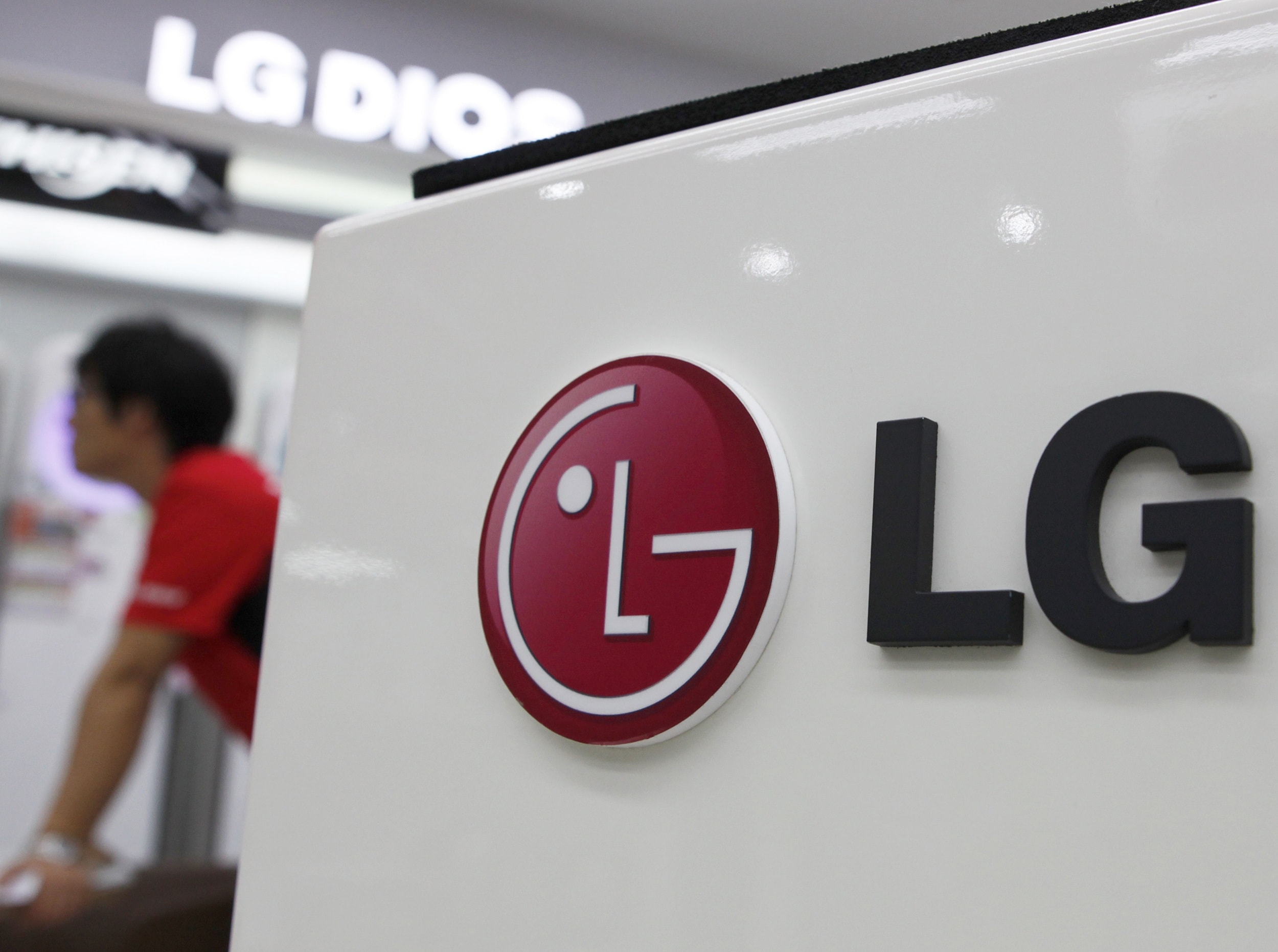LG India has earned about ₹21,000 crore in revenue last year and targeted to achieve double-digit growth every year, according to a top official.
“The company earned about ₹21,000 crore in revenue in calendar year 2016-17,” said Amit Gujral, chief marketing Officer, LG India. He did not reveal the company’s expectations for 2017-18.
According to Kim Ki Wan, managing director, the company would be going slow on smartphones in India since they didn’t want to simply add one more similar phone to the already heavily-populated smartphone market.
“I don’t want to go into why our smartphones have not done well in India but if you look at the smartphones in India, they are all very similar,” Mr. Wan said.
“We are doing our research and looking into people-oriented factors that a phone can have.
“We want to bring out a phone when we have something unique and different that sets us apart. We don’t want to be one more among many.”
“We are global number one and number one in India in the AC sector,” Mr. Wan said in an interview following the company’s introduction of its line of dual-invertor ACs on Tuesday. “As the leaders, we have to keep innovating and becoming better since there is no benchmark for the number one.”
On the new line of air conditioners and the need for energy-efficient appliances in India, Mr.Vijay Babu, LG India’s business head for ACs, said that at the moment awareness was very poor about the need and opportunities to conserve energy.
“ACs at peak summer account for 30-40% of total power consumption,” Mr. Babu said. “And AC penetration is set to grow very rapidly. It was 4% in 2016 and is expected to touch 47% in 2030.”
LG’s new line of ACs include an inverter within them which regulates the temperature in a more energy efficient manner than regular ACs which turn on and off the compressor depending on the thermostat, Mr. Babu added.
“While the percentage of inverter ACs out of all ACs was 63% in 2016 and is expected to grow to 65% in 2017, their share in India was only 12%,” Mr. Babu said.
The Indian AC market has, over the last decade, been a path-breaker in terms of energy efficiency, according to Ajay Mathur, director general, The Energy & Resources Institute (TERI) who was the chief guest. at the launch function.
“When the star-rating system was introduced around 10 years ago, the energy efficiency ratio of ACs in India was 2.6,” Mr. Mathur said. “Last year, it was 3.2, which is a 25% increase, which means that in 10 years electricity bills were lower by 25%. This is unheard of anywhere in the world.”
Mr. Mathur said the star rating system itself had been constantly tweaked over the years with a five-star AC ten years ago only qualifying as a two-star AC today.
In his address,Saurabh Diddi, economist, Bureau of Energy Efficiency, said Indian conditions had necessitated an alteration of rules.
“The Energy Efficiency Ratio (EER) measure efficiency is at 35 degrees of outside temperature,” Mr.Diddi said. “But over the year, India gets much higher temperatures for large parts of the year. So we came out with the Indian Seasonal Energy Efficiency Ratio (ISEER), which looks at efficiency at all temperatures, not just one level.”
Mr.Diddi said the Indian market would move to ISEER standards from EER standards from January 2018 onwards, adding that from next year, a 5-star rating would need an efficiency ratio of 4.5 rather than the current 3.5.


ConversionConversion EmoticonEmoticon